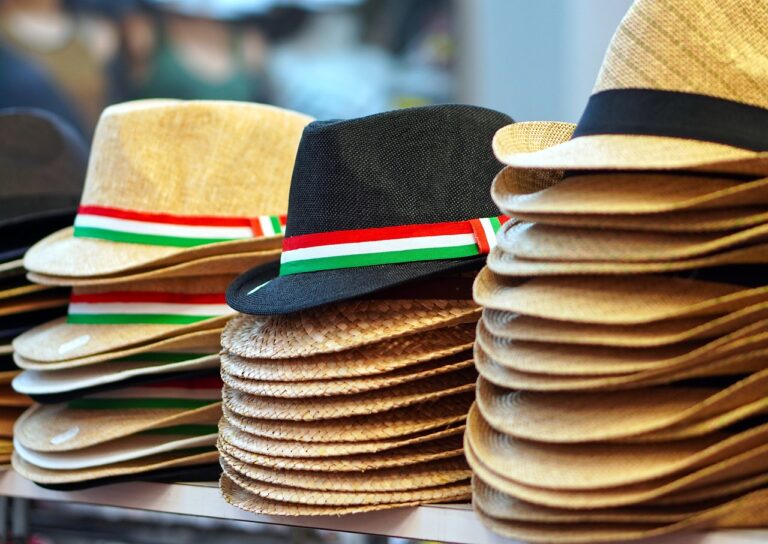Fashion and Art: Fashion Designers as Museums’ Art Collections
Fashion designers have transcended the realm of mere clothing creators to become icons within art collections. Their work is celebrated not only for its aesthetic appeal but also for its cultural significance and influence on society. By blurring the lines between fashion and art, designers have carved out a unique space for themselves in the world of artistic expression.
These designers often draw inspiration from a wide array of sources, incorporating elements of history, politics, and personal experiences into their creations. Their garments not only adorn the human form but also serve as a canvas for storytelling and self-expression. As a result, fashion designers have emerged as key figures in shaping contemporary art collections, showcasing the intersection of creativity and commerce.
The Influence of Fashion Designers on Museum Exhibitions
Fashion designers have been increasingly recognized as influential figures in the art world, with their works often displayed in prestigious museum exhibitions. The impact of fashion designers on these exhibitions goes beyond showcasing clothing; it extends to the intersection of art, culture, and history. Through their innovative designs and creative vision, fashion designers have contributed to the diversification of museum collections and have brought a fresh perspective to the presentation of art.
Museum exhibitions featuring the works of fashion designers have sparked conversations about the boundary between art and commerce. By showcasing garments as artistic creations, these exhibitions challenge traditional notions of what constitutes art and broaden the scope of artistic expression. In this way, fashion designers have not only impacted museum exhibitions but have also influenced the larger discourse surrounding the definition and appreciation of art in contemporary society.
How do fashion designers impact museum exhibitions?
Fashion designers are often seen as icons of art collections, with their work being showcased in museum exhibitions to highlight their influence on the fashion industry and popular culture.
What role do fashion designers play in shaping the cultural landscape?
Fashion designers have a significant impact on shaping the cultural landscape by creating trends, pushing boundaries, and influencing the way we perceive style and beauty.
Why are museum exhibitions featuring fashion designers becoming more popular?
Museum exhibitions featuring fashion designers are becoming more popular as people recognize the artistic value of fashion and the impact it has on society. These exhibitions provide a platform to showcase the creativity and innovation of designers.
How do museum exhibitions featuring fashion designers contribute to the education of the public?
Museum exhibitions featuring fashion designers contribute to the education of the public by providing insights into the creative process, cultural influences, and historical context of fashion design. Visitors can gain a deeper understanding and appreciation for the artistry and craftsmanship involved in creating fashion.
What are some examples of fashion designers whose work has been showcased in museum exhibitions?
Some examples of fashion designers whose work has been showcased in museum exhibitions include Coco Chanel, Christian Dior, Alexander McQueen, and Yves Saint Laurent. These designers have made significant contributions to the fashion industry and their work continues to inspire and influence future generations of designers.





